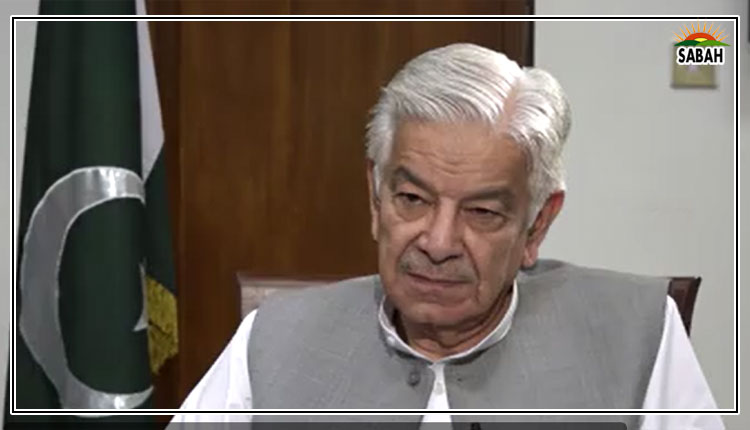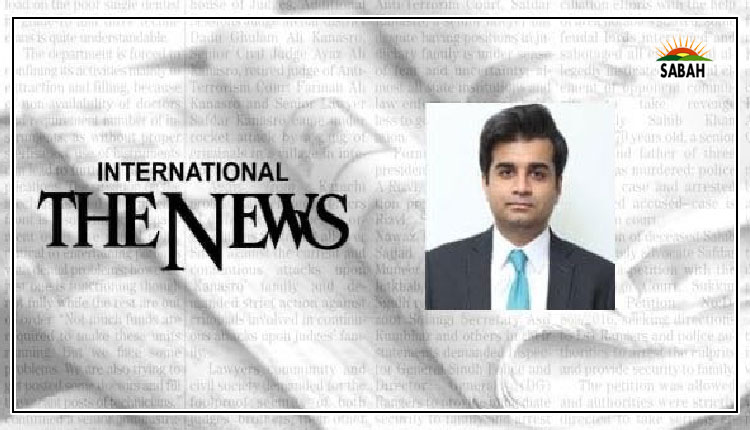Energy fallacies…Ammar Habib Khan
Pakistan is stuck in a low-growth trap. The only way out of this trap is through industrial and export-oriented growth, which can only be achieved through availability of affordable energy. In the absence of affordable energy, industrial growth will remain stunted.
In Pakistan, industries largely operate on either electricity, or gas (indigenous, or reliquified natural gas). The pricing of both sources of energy is controlled by the sovereign, creating distortion, and misalignment of incentives.
Over the last many years, many industries operate captive power plants on gas. Anecdotally, the efficiency of such power plants would be in the range of 35-45 per cent. The blended gas that the captive power plants use (which also has a significant import component), is utilized in an inefficient manner, relative to utility-scale gas-fired power plants that can generate electricity at an efficiency of greater than 60 per cent. It is also important to note here that captive power plants have also avoided energy efficiency audits by National Energy Efficiency & Conservation Authority (NEECA) on one pretext or another, resulting in utilization of gas in a sub-optimal manner.
You Might Also Like
He Demands A Divorce In a Message, Her Reply Makes Him Regret Sending It
He Demands A Divorce In a Message, Her Reply Makes Him Regret Sending It
loansocieties.com
Modular Homes 2024 (View Prices)
Modular Homes 2024 (View Prices)
Modular Houses | Search Ads
Liposuction Prices 2024 (See List)
Liposuction Prices 2024 (See List)
Liposuction | Search Ads
Resources are constrained, and gas as a resource has been wasted for many decades. Efficient allocation of constrained resources would imply allocation in terms of efficiency, such as to produce a higher value-added output. Allocation of gas to more efficient gas-fired power plants would generate more broad based economic benefits than allocation to captive power, purely on the basis of efficiency. Current allocation effectively prioritizes captive power over utility-scale power, which is also in contravention of the governments gas allocation policy.
A disconnect between pricing of gas and pricing of electricity has led to a distorted competitive environment, where a few thousand industrial units with captive power generation capacity are able to get cheaper sources of energy, while those on the electricity grid struggle. The presence of such disparity over the last many years has resulted in a large number of industrial units moving off the electricity grid, towards gas thereby reducing consumption of grid-based electricity in the process.
As electricity tariff in Pakistan is based on a highly distortionary cost-plus tariff regime, reduction in consumption of grid-based electricity results in higher capacity charges on a per unit basis, which further increases the electricity tariff. Moreover, the sheer dependence of the sovereign to extract taxes through electricity consumption has further increased the burden on consumers, through which the sovereign is effectively running a contractionary fiscal policy in the case of industrial growth, while running an expansionary fiscal policy for consumption oriented growth.
Due to such a distorted pricing framework, as industrial units move away from utilizing electricity from the grid and towards gas-fired captive power (given the available arbitrage), electricity prices will keep on increasing further, resulting in a death spiral. Such a death spiral will make it difficult for any industry to operate on the electricity grid, while stunting growth of household consumption at large. It is to be noted here that electricity consumption on a per capita basis has remained unchanged in the last five years, clearly demonstrating the inability of the economy to grow.
A disconnect between energy pricing has led to steady de-industrialization, while the remaining market participants are heavily dependent on availability of concessions in one form or another to remain competitive. Energy pricing needs to be done in a way such that the cost of energy remains in a narrow band regardless of source of energy. In this context, there exists a case to reallocate available gas (whether indigenous, or imported), to more efficient uses, such as utility-scale power plants. Such reallocation would reduce the overall generation cost.
Similarly, there also exists a strong case to reduce taxes on electricity bills, to make the electricity grid more competitive, and to ensure that attrition from the grid is minimized. The reduction in taxes on electricity can be recouped through an expansion of the tax net, or through increasing taxes on consumption of gas. Such reallocation would make the grid more competitive, while reducing the arbitrage that exists for generation of electricity through captive power. Moreover, as consumption of electricity from the grid increases, overall tariff would potentially reduce as capacity charges are spread across a greater number of units of electricity dispatched. The death spiral needs to be converted into a growth spiral and this cannot be done with the lazy process of passing an increase in tariff to consumers.
This however does not absolve the government from making the transmission and distribution network more efficient. The existing infrastructure is grossly inefficient and requires heavy investment on the transmission side and reorganization on the distribution side to reduce inefficiencies. Over the next two years, improving transmission, such that lower cost generation sources available in the south can be used to provide cheaper electricity for the northern part of the country, can provide necessary economic benefits.
The energy policy needs to be viewed through a lens of efficiency, and value-added output that can be generated. Having a gas policy and an electricity policy that are not aligned with one another creates a distorted market structure that leads to inefficient allocation of resources, and eventually higher prices.
Ideally, the government should not be in the business of setting prices, and should let the market do this but if the government is setting prices, it should at least try to minimize distortions through various policies. This can be achieved by understanding how costs are calculated at the end-user level, after adjusting for all taxes, and other incidental costs. Working backwards from this to assess optimal level can yield more optimal outcomes, rather than an outcome that serves only a few hundred entities.
Courtesy The News












